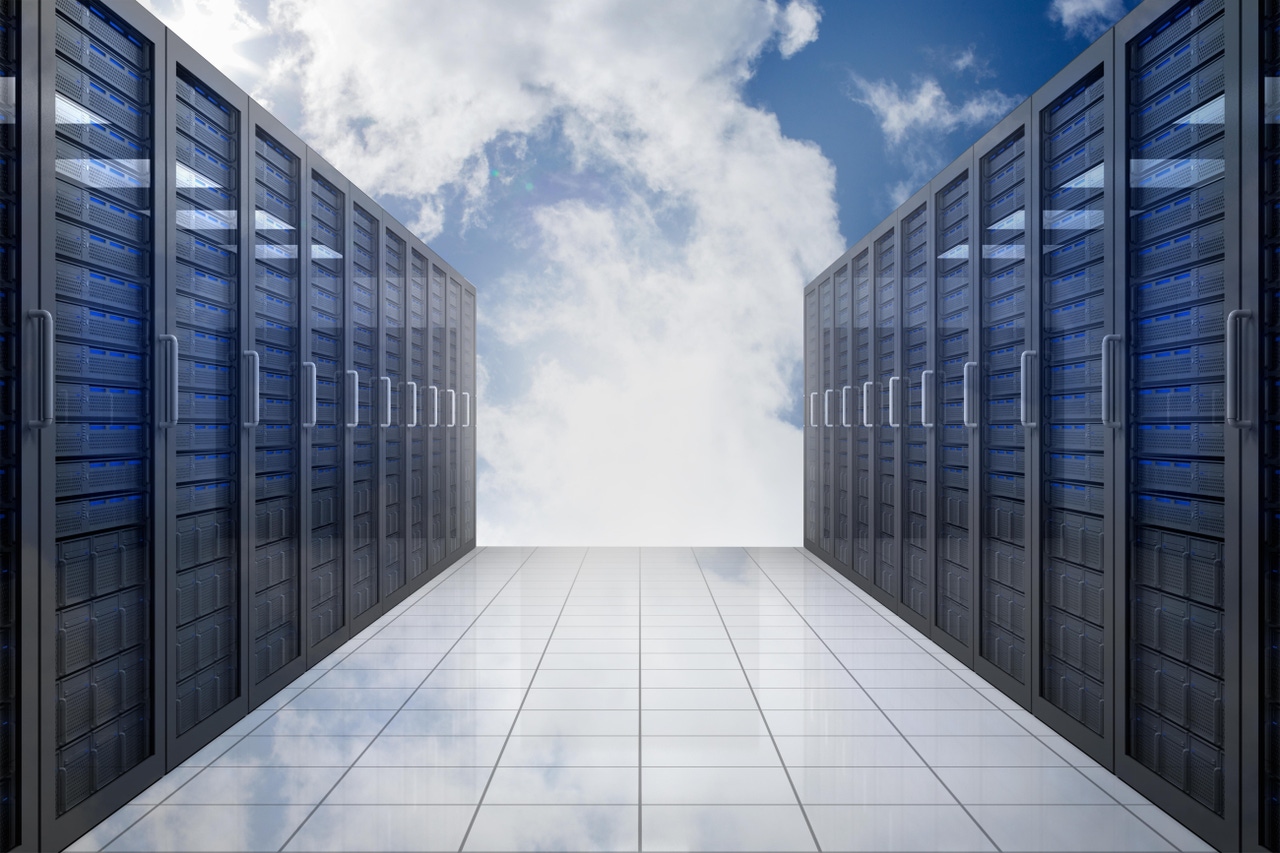Keeping Data Centers Cool as Heat Rises Inside and OutKeeping Data Centers Cool as Heat Rises Inside and Out
As air-cooled systems give up ground to liquid-cooled approaches, enterprises and operators evaluate their data center cooling options.
August 31, 2024

With region-wide summer heat waves blanketing the U.S. as a backdrop, data center operators are searching for ways to cut growing cooling costs. That's while taking steps to increase the performance of server central processing units to prepare for artificial intelligence (AI) and ML-driven computing loads.
Electricity use is staggering and headed upwards. Data centers account for about 1-1.5% of global electricity consumption, according to various sources, including the International Energy Agency.
This statistic is expected to increase as cloud services, edge computing, IoT, and artificial intelligence (AI) take hold. Improvements in technology efficiency will be expected to keep pace, only to be offset by ever-growing workloads and storage.
To that end, data center power consumption is driven by two factors. First is the need for ever-more computational power. Increasingly powerful CPUs, and now GPUs and other processors are being employed to meet compute demand. As processing power increases, so does power consumption. However, the industry has increasingly focused on ways to improve the power efficiency of its processors to deliver more compute power.
A focus on cooling
The other great consumer of data center electricity goes into cooling. The higher-performance CPUs typically generate more heat, which must be addressed.
The two major types of cooling in data centers are air-cooled systems and liquid-cooled solutions.
To date, air cooling has been counted on to keep the data center industry moving forward. The approach brings in chilled or naturally cooler ambient air from the outside and expels higher-temperature air out. The biggest knock on air-cooling is that systems are large, so they require sorely needed space. The systems also have many moving parts, opening the door to breakdowns.
Moving from air cooling to liquid cooling can result in many benefits, such as improved water and power usage. "Switching to liquid cooling also means better water and power usage effectiveness (WUE and PUE), two key metrics in our industry," according to Andrew Schaap, CEO of Aligned Data Centers, in a Forbes article. Compared to air cooling alone, it can shrink facility power by almost 20% and total data center power by 10%, according to one industry study.
Why the transition?
Spending on data center infrastructure is forecast to surge from $250 billion in 2022, to surge to more than $500 billion by 2027. Much of that surge will be investments in high-performance servers. The equipment is needed to handle unprecedented growth that is quickly emerging to run AI, ML, and other computing workloads.
Liquid cooling emerges
“Liquid cooling is quickly emerging as a requirement for the latest generation of high-performance processors, specifically accelerators such as GPUs,” said Lucas Beran, Research Director for Dell’Oro Group, a consulting firm. “For enterprises, this means the question of adopting liquid cooling is shifting from an ‘if’ to a ‘when.’ Yet, planning for and managing these deployments is new to most end-users, requiring ample time to better understand the challenges and benefits.”
"Air-assisted liquid cooling deployments, whether that is an RDHx or DLC loop with an air-assisted CDU, represent a great starting place where existing air-based heat rejection can be utilized while building foundational knowledge to support larger scale deployments of liquid cooling in the future," said Beran. RDHX, or rear door coolers, are chilled water-cooling doors that fit onto an IT rack. The air is pulled through the rack by the fans or pushed through by the server fans for the passive rear door (no fans).
Mutual co-existence
Despite the emergence of liquid cooling during this forecast period, sales of air-cooling infrastructure are expected to remain a critical piece of the overall data center thermal management market and continue to grow at a high single-digit rate. In 2028, air cooling is forecast to account for two-thirds of data center thermal management, with liquid cooling accounting for the other third.
Liquid cooling limitations
Some challenges on the road to liquid cooling remain. Leaks are a potential concern with liquid cooling, requiring additional controls and monitoring instruments, according to InsightAce Analytic Pvt. “These measures contribute to the higher cost of implementing liquid cooling compared to traditional methods.” Despite this hurdle, the long-term benefits and continuous product advancements from market players are expected to propel market growth in the coming years.
What is the role of geothermal cooling?
It is being explored in some countries, like Iceland, which have the resources. “It’s possible it could be adopted in some geographies for more niche data center providers, but I wouldn’t expect it to see adoption as a mainstream technology,” explained Dell’Oro’s Beran Repeatability, reliability, and uptime are top of mind in the data center industry, so newer technologies (at least in use) need established deployment and maintenance know-how before adoption has the opportunity to meaningfully grow, he added.
About the Author
You May Also Like




